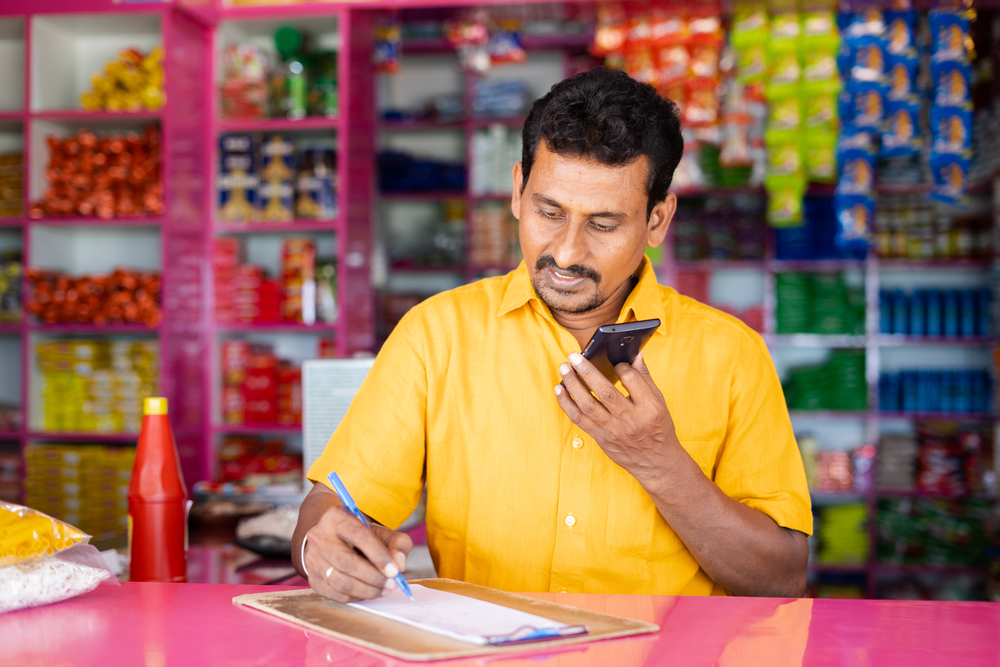Which sectors will benefit from logistics trends in 2022?
After the economic recovery after the start of the pandemic, artificial intelligence presented the use of more advanced algorithms and efficient mobile applications designs that allow logistics is a crucial issue for the growth of various markets in 2022, including retail and grocery, without overlooking the rise of dark stores, according to an analysis carried out by Borzo, an express delivery startup.

Last-mile companies are one of the crucial links within the e-commerce route, since being in charge of reaching the consumers’ door with the chosen product, deciphers the “feelings ” of the customer before the shopping experience and, therefore, sets the trends in terms of logistics.
“Delivery time is currently one of the main reasons why a customer turns their shopping cart into a ticket, since they even prioritize paying extra if the products reach their hands more quickly and safely,” explains Eugene Panfilov, Country Manager of Borzo India.
The online shopping model does not currently have the same perception as before the pandemic, since with confinement people averaged the economic and even health costs related to going to stores.
In order for the different companies to be able to convince the customer to close a first purchase and for this to become the beginning of a relationship of loyalty, the choice of delivery service has become the key. Shipping costs are important, but they also change when logistics companies source different technologies to streamline routes.

Retail continues to spearhead online sales, with growth expected from 30 to 40% during 2022, according to Borzo experts. To achieve the figure, Artificial Intelligence and algorithms are implemented in apps in various ways, in which it leads the personalization of instant messaging services, so that the buyer receives a link from which they can follow the tracking of their products, which decreases your anxiety and increases confidence in the company where you made your purchase.
Mobile logistics applications are increasingly adapted to vendors, who, by increasing their sales level, can automate delivery routes, which optimizes costs by reducing transfers, since the algorithms trace the places where the goods are collected. orders and the areas where they will be delivered. According to Borzo, Panfilov affirms that there is the option of shipments from ₹ 24, with the possibility of insuring the order by paying 1% of the declared value.
“Customer service is often an overlooked and undervalued aspect of logistics. However in today’s competitive landscape it is becoming more important and is key to client retention. Fulfillment, speed and quality plays a big part in making customer service work. While it used to be highly expensive to make sure that these three are maintained to ensure good logistical support, technology advancement and automation made it possible to improve overall customer experience while still continuously improving financial aspects of the business. Automated timing, location updates, pick-up scheduling and transit time makes it easier to set client expectations. In minimal cases of client inquiries and concerns, it is important that service providers are accessible through mobile devices and are providing efficiencies with shorter response through robots. It is important to empower customers by providing easier information access to them within the application itself and that provides better customer service so that both parties can express and communicate better expectations”, explains Eugene Panfilov.
Borzo has found that, of all the sectors immersed in e-commerce, the most interested in increasing efficiency are those in retail, which are committed to omnichannel.
In the second point, the benefit of last mile delivery touches on the frozen goods industry, whose cold chain has high-cost operations, and with delivery in “urgent” format, this benefits their operation, finding greater movement in their stock.
“No less important, and where the eye is this 2022, is the grocery industry, since we point out that super delivery is one of the sectors that will increase from 30 to 50%, since people found a new way to stock up on the basics of household consumption in a more efficient way and with costs similar to those located physically in stores”, confirms the manager.
Added to this trend is that of the dark store model, those businesses that are not physically open to the public, but that comply with the regulations of the platforms to fill orders for various items. The dark kitchens are the ones that govern this area and, like the rest of the restaurant sector shipments, according to Borzo estimates, they have an expectation of triple-digit growth by 2022 in direct channels, and 15% via platform sales.
The commitment to increase logistics services for the retail area is also positive, with estimates of between 30 and 40%; for pharmacies and pets, which also amounts to 30%, all linked to the efficiency of delivery, the use of greater technology for companies, better customer service and the renewal of products to keep the attention of buyers.
Anticipating these trends, Borzo will definitely be there to help support your business– just drop your details here, and our sales team will be in touch to bring your business to higher grounds. 😊

